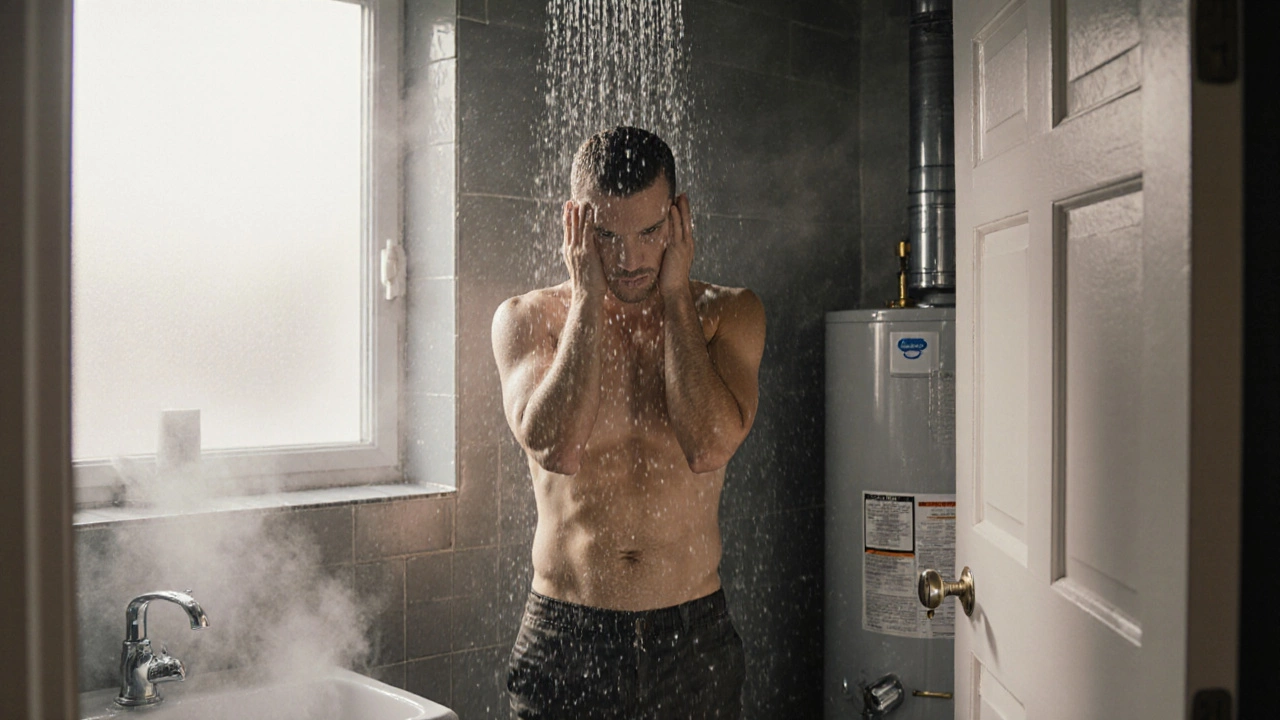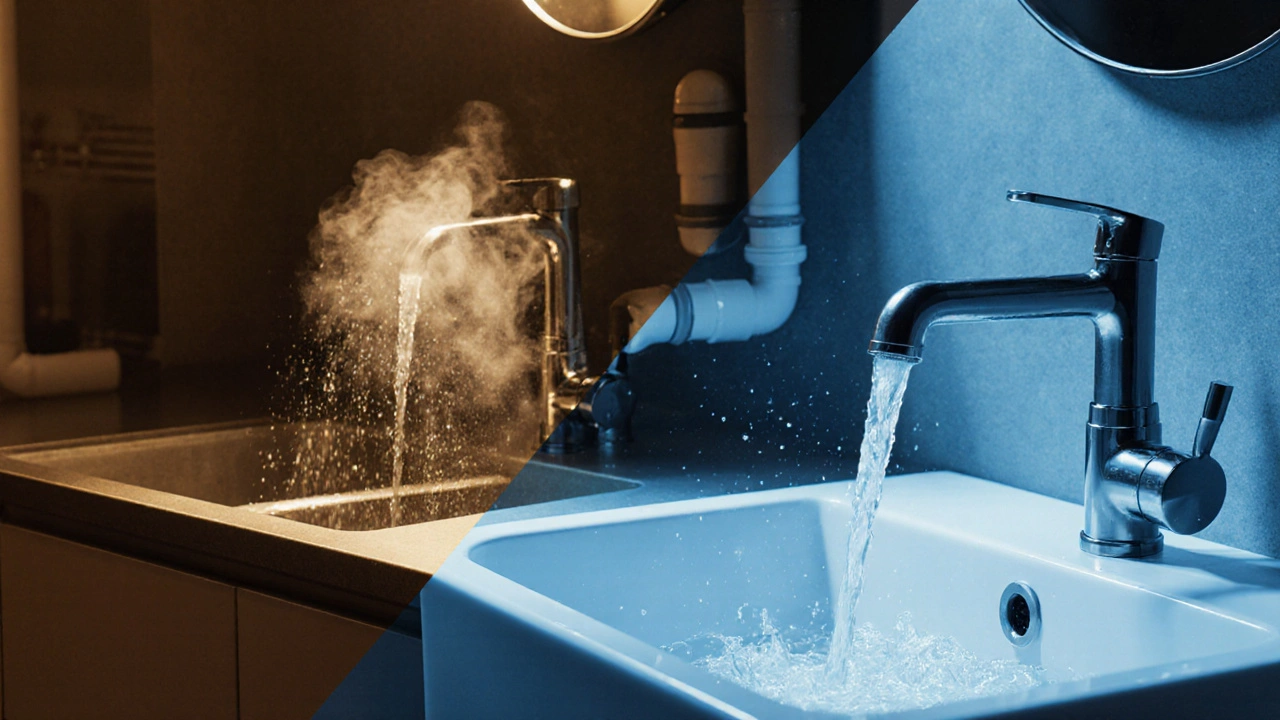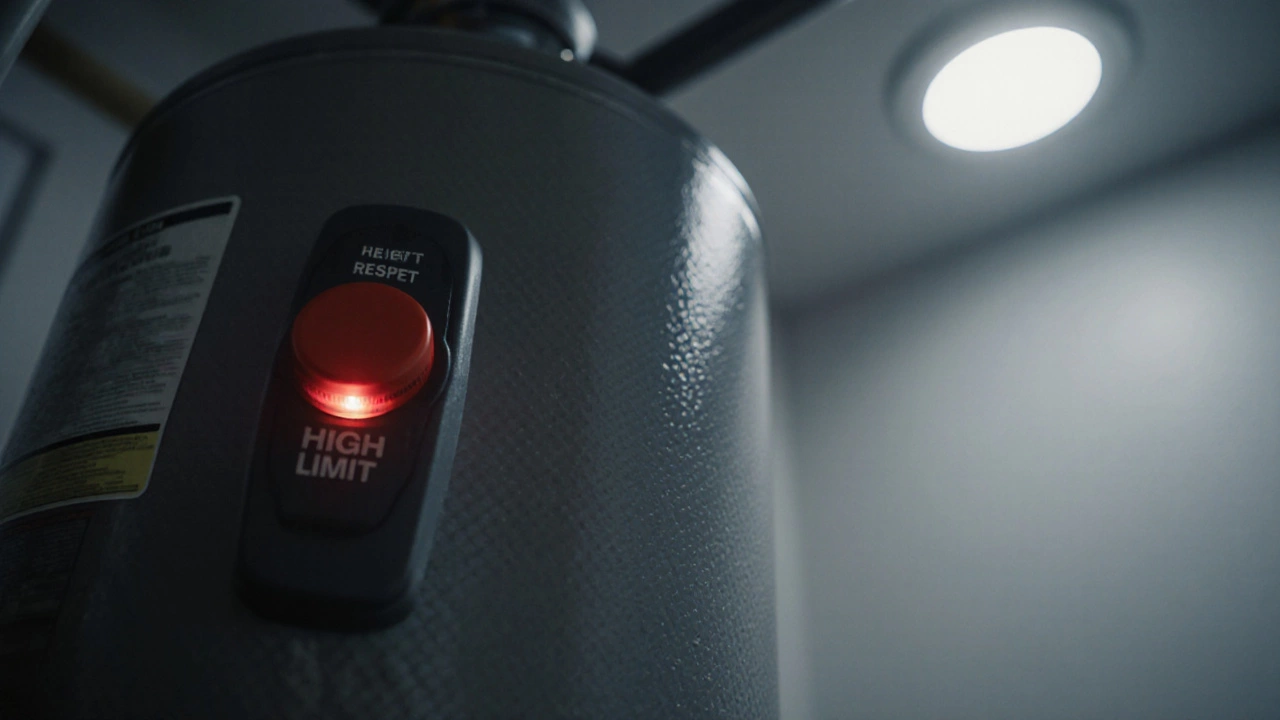Your hot water stopped suddenly? It’s usually not a major failure. Learn the 6 most common causes-from tripped breakers to sediment buildup-and how to fix them yourself or know when to call a pro.
Water Heater Troubleshooting Made Simple
If your shower feels like an iceberg or your tank keeps clicking, something’s off with the water heater. Below are the most common signs, easy checks, and quick fixes you can try before dialing a technician.
Spot the Symptoms Early
First, pay attention to what’s wrong. No hot water at all? That usually points to a power or gas supply issue. Warm water that suddenly turns cold? The thermostat or heating element might be failing. Strange noises, leaks, or foul smells are red flags that need immediate attention.
To narrow it down, note when the problem started and whether it’s consistent across all faucets. A single outlet acting up could be a local pipe issue, not the heater itself.
DIY Checks You Can Do Safely
Turn off the power or shut the gas valve before you start. For electric heaters, flip the breaker; for gas, locate the shut‑off knob. Next, inspect the pilot light on a gas unit – it should burn blue with a steady flame. If it’s yellow or flickering, clean the burner and reignite following the manufacturer’s guide.
Electric models often have two heating elements. Use a multimeter to test for continuity; a dead element shows no resistance. Replacing an element costs less than a full unit and usually takes under an hour.
Check the thermostat setting. Many owners set it too low to save energy, which can feel like a cold shower. Raise it to 120‑130°F and see if the water gets hotter. If the thermostat clicks but the water still stays lukewarm, the thermostat itself may need replacement.
Don’t forget the pressure‑release valve. A leaking valve drips water and can cause a loss of pressure, making the heater work harder. A simple lift of the valve’s lever should release a burst of water; if it doesn’t, replace the valve.
Flush the tank annually. Sediment builds up at the bottom, insulating the heating element and causing uneven heating. Hook a garden hose to the drain valve, open the valve, and let the water run until it’s clear. This step also helps prevent noisy boiling sounds.
If you smell gas, close the valve, leave the area, and call a professional immediately. Do not try to light the pilot or fix gas lines yourself.
When the DIY steps don’t solve the issue, it’s time to call an expert. A qualified technician can test internal circuitry, replace complex parts, and ensure everything meets safety codes.
Regular maintenance—checking the anode rod, cleaning the burner, and testing the thermostat—keeps your heater running efficiently and extends its life. A quick visual check every six months can save you a costly emergency repair.
Remember, a well‑maintained water heater means fewer cold showers and lower energy bills. By spotting problems early and doing simple checks, you’ll stay comfortable and avoid unnecessary service calls.
Find out why your kitchen gets hot water while the bathroom stays cold, learn the common causes, step‑by‑step diagnostics, DIY fixes, and when to call a pro.
Learn why hot water heater reset buttons trip, common causes like faulty thermostats or sediment, and step‑by‑step fixes to keep your heater running safely.
Hot water gone out of nowhere? Discover the real reasons, spot easy fixes, and find out if you need a pro for your water heater problem right now.
Cold showers are a rude awakening, especially when your hot water heater suddenly quits. This article walks you through the most common reasons a water heater stops working, from power issues to leaks. Get tips for quick troubleshooting so you can spot problems before they get worse. Learn where things usually go wrong, what you can safely check, and when to call a pro. No jargon—just clear advice that could save you time and stress.




